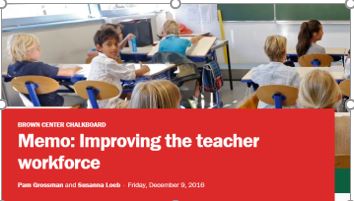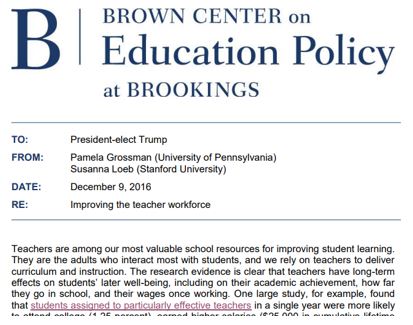One of the challenges of writing in non-academic styles is that your academic citation skills might need to flex a bit. In-text parenthetical citations and footnotes simply aren’t appropriate to all genres, but you are still ethically bound to provide information about your sources to your readers.
So how do you do this??
This is one of the reasons I’ve asked you to look for sample texts in the genre you plan to write. In reviewing those samples, please pay attention to how the authors handle sources–do they provide a list of references at the end? (and perhaps numbered footnotes throughout?) do they hyperlink to other articles they’re working with? do they rely on in-text attribution (the sort of “according to X….” phrases)?
There are some formats (i.e. PowerPoint) where fairly traditional academic-style footnotes are still the order of the day. In most cases, though, in these non-academic genres, you’ll see embedded links and in-text attribution as the norm. You need to look closely at some samples to see how authors handle it in these media outlets, and then act accordingly.
Why is this so important?
Well, this is a research course, after all, so we need to approach the particulars of citing research carefully, but this isn’t just some check-off on an assignment. Research-based writing lives and breathes beyond the university, too, so you’ll need to have a variety of tools at your disposal to employ in these situations. You probably won’t be using MLA or APA-style forever, but you will be researching and sharing what you’ve learned for the rest of your career.
It’s also worth considering the ethical implications, which run in two directions. You have an obligation to the authors of the sources you are working with to provide credit where credit is due. Furthermore, you have an obligation to your readers, who need to have ready access to the sources you’ve been using for their own purposes. You’re part of a larger discussion around your issue, remember, and that means that you need to honor those whose work you’re building upon, as well as facilitate those who will want to do more with this topic once you’re done with it.
Note that (as indicated in the assignment rubric on the unit 3 assignment sheet) you have 2 responsibilities–to provide in-text attribution of sources that you are relying upon in building your argument and providing a separate complete bibliography for the sources that have helped to shape your thinking (even if you have not quoted, paraphrased, or cited them in your actual text).
Because this work of figuring out how to cite your sources matters so much, please do your best to integrate these credits into your draft, so that I can give you some feedback on how well it’s working and what adjustments you might need to make. If you have any questions as you’re working, please don’t hesitate to contact me.


